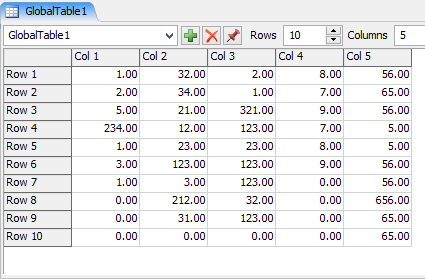I have a global table with columns that have different quantities of numbers (i.e. column 1 has 300 values and column 2 has 450 values (these vary from run to run)) and I am trying to pull the mean of the columns but getdatastat() function pulls the whole column (all the zeros after the real data). Is there a way to tell getdatastat() to ignore cells with zero values?
(Original question referencing same model found here).

